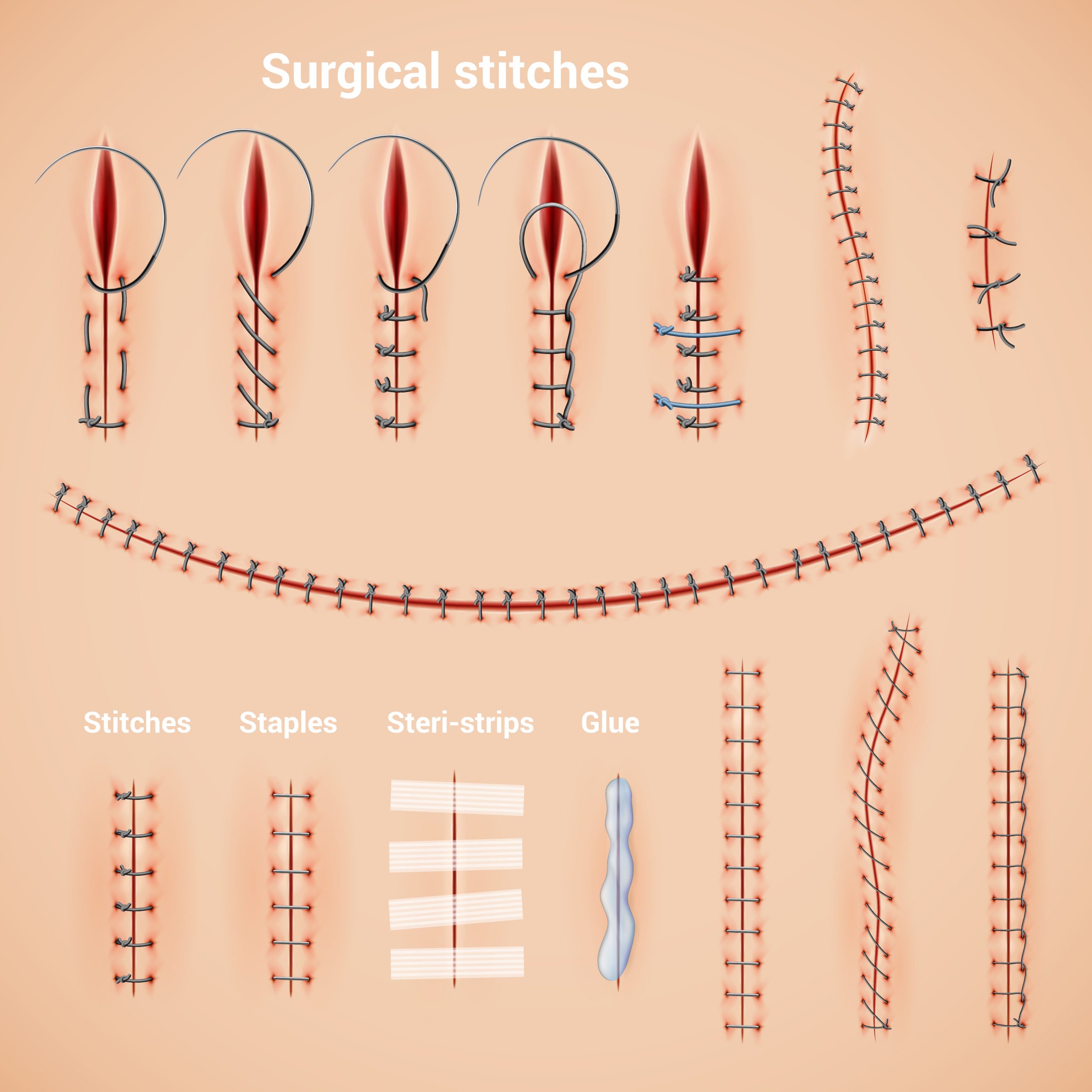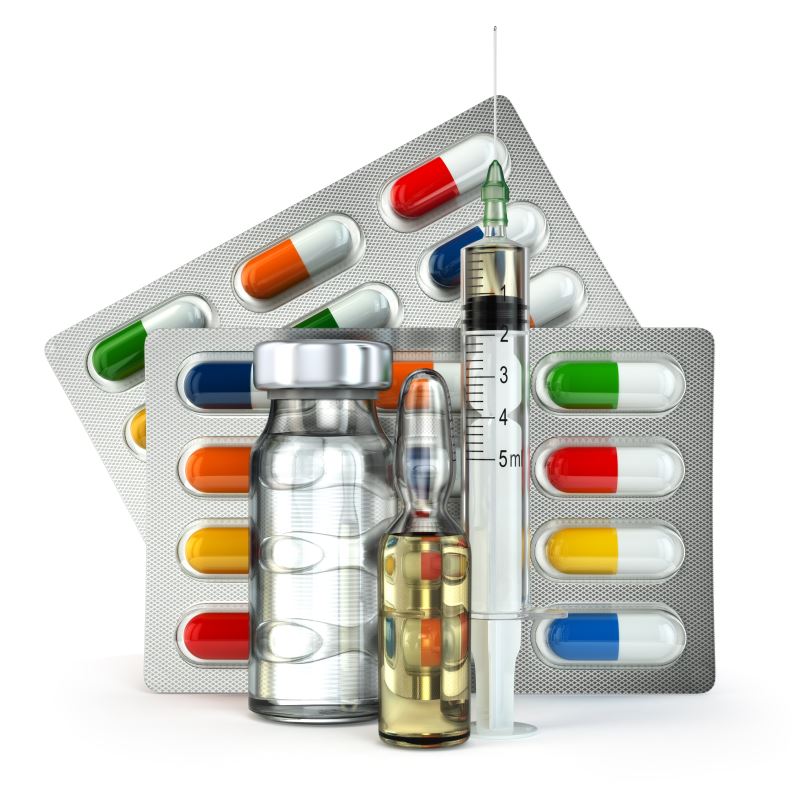Over 10 years experience of Traceability Solutions

By pharmatrax
Category: Technoloy
 No Comments
No Comments
Innovation not only involves coming up with new ways of doing things. Sometimes it means taking a principle from one domain and applying the same in another domain to get the desired result.
A stellar example of this method in the field of Biomimicry.
Biomimicry literally means the imitation of nature. Certain processes in nature are observed, replicated in the lab and applied to problems faced in modern medicine. What better place to look for innovative solutions than in nature which has perfected mechanisms over millennia through adaptation to arrive at the most effective ones.
Biomimicry has a wide range of applications from surgical glue that replaces sutures to engineering functional cardiac muscle. Here’s a sneak peak at some of them.
Internal wounds are sealed during conventional surgical glue. However, it is difficult to keep the glue in place because of the constant motion of the body. The moisture of the body’s internal environment also increases the time for the glue to set.
Taking inspiration from the Californian sandcastle worm, Tissium has developed a glue for vascular surgery called Setalum. It is based on the worm’s secretions which are highly viscous and hydrophobic so it is more likely to stay in place and isn’t affected by moisture.
Once applied, a UV light is shone over the glue which causes it to polymerize in seconds.
Initial clinical trials with the glue have been promising.
Korean researchers have developed another glue that can replace sutures for closing wounds inspired by the ability of mussels to fix their bodies underwater.
Traditional methods not only cause scars but they also have complicated post-treatment management.
The glue (called LAMBA) has proved effective in animal studies in facilitating the healing process without a scar and can close an open wound in under 60 seconds.

Scientists have found an unusual way of killing bacteria. It’s not a chemical substance but a physical structure, more specifically the surface of shark skin.
The surface texture is such that it is difficult for bacteria to adhere to it. If you add antimicrobial agents on it, that makes for a killer combination. Some researchers have added Titanium dioxide nanoparticles to the surface and found that it is effective against bacteria like E Coli and Staph Aureus.
If mass-produced, such coatings could be used in hospital walls where patients who are already battling illnesses are at an increased risk of bacterial infections. In an era when antibiotic resistance is on the rise, getting an antibiotic-resistant infection can be deadly, especially for an immunocompromised patient.
 Insulin is a pill
Insulin is a pillInstead of taking injections every day, it would be much more convenient for people with Type 1 Diabetes to simply take insulin in the form of pills. That is exactly what an MIT led team of researchers set out to make possible.
If insulin is ingested, it gets destroyed by stomach acids and even if it makes past the stomach, it can be digested by proteases in the small intestine instead of being absorbed.
The scientists took inspiration from the shell of a Leopard Tortoise and created a breakthrough pill that can deliver insulin orally.
The shell shape allows the tortoise to fall back upright no matter which position it is placed in. The same shape was chosen for the pill. After reaching the stomach, it self-orients into position and injects insulin into the stomach wall. Then it passes out safely through the body.
 Store vaccines at room temperature
Store vaccines at room temperatureNo need to fret over freezing biological samples and worry about freezer breakdowns.
Scientists have developed a method to store sensitive samples at room temperature by mimicking a process in nature known as Anhydrobiosis.
It is the ability of some organisms like tardigrades and resurrection ferns to go in a hibernation-like state when they are dehydrated and come back to life when they get water. During that period of dehydration, they are in a state of suspended animation in which the DNA and proteins are all preserved.
Researchers created a synthetic molecule that induces anhydrobiosis like the natural molecule trehalose.
It is currently being used in a variety of applications by leading research institutions worldwide.